El Niño
Southern Africa and Ethiopia are facing the worst drought in decades. Millions have been impacted by floods, drought, and other extreme weather across Africa, Latin America, and Asia.
El Niño
Southern Africa and Ethiopia are facing the worst drought in decades. Millions have been impacted by floods, drought, and other extreme weather across Africa, Latin America, and Asia.
El Niño has had widespread impacts across the globe that will last well into 2017. Southern Africa and Ethiopia are facing the worst drought in decades. Millions have been impacted by floods, drought, and other extreme weather across Africa, Latin America, and Asia.
In Need
Approximately 10 million people in Ethiopia are in need of relief food assistance and nearly six million people need safe drinking water, improved hygiene and sanitation.
Another 18 million people in Malawi, Zimbabwe, Mozambique, Madagascar, Lesotho, and Swaziland will face crisis food insecurity by early 2017. A third of Southern Africa’s population lacks access to safe drinking water. Farmers are unable to grow enough crops and many have lost their livestock--an important source of income and nutrition. Some HIV/AIDS patients do not have enough food and water to take their medicines.
Taking Action
The United States has provided over $1 billion in relief and development assistance to El Niño impacted countries across Africa, Latin America, and Asia. Our strategy is threefold:
First, we have adjusted agricultural, health, and other development programs to mitigate the impacts of drought and other extreme weather.
Second, in areas facing recurring droughts, we have activated emergency funds in existing development efforts to help farmers protect key assets, such as livestock.
Third, we have launched an emergency response at scale. We are providing emergency food assistance, nutrition and health support, access to safe drinking water, and seeds to farmers. Armed with early warning tools like our Famine Early Warning System Network, USAID assistance has been swift and robust because early action is critical to protect development gains.
In Ethiopia alone, USAID has provided more than $738 million in humanitarian assistance since October 2014 and support to expand the government’s Productive Safety Net Program, which provides regular food and cash transfers to 8 million chronically food-insecure people.
In Southern Africa, USAID has provided more than $300 million in humanitarian assistance since 2015, and adapted development efforts to mitigate the drought’s impacts and accelerate recovery.
However, at least $1 billion in additional humanitarian assistance for Southern Africa is needed to meet immediate needs and protect gains made. Donors and partners can and must mobilize to provide immediate relief, protect gains made, and build resilience to future climate stresses and shocks.
Time is of the essence.
See how you can TAKE ACTION to help Ethiopia and Southern Africa
LEARN MORE
Resilience
For years, USAID has worked in partnership with the people of Ethiopia and Southern Africa to build resilience to recurring droughts. Today, these countries are more prepared than ever before. Through the U.S. Government’s Feed the Future initiative and other efforts, we have helped spur long-term, agriculture-led growth and contributed to reductions in poverty and malnutrition.
We have also equipped communities with the data, tools, and know-how to adapt to a changing climate. We help farmers use innovative techniques to grow more food with less water. We work with local communities to build up communal assets like wells, pastures, and dams. And we help farmers diversify how they make a living and insure themselves against the inevitable risks they face.
Affected countries and USAID’s partners are demonstrating strong leadership. In spite of these efforts, this crisis has outstripped the capacity of many countries to cope on their own, and threatened the progress that, together, we’ve worked so hard to achieve.







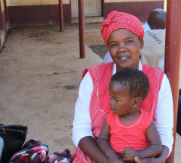
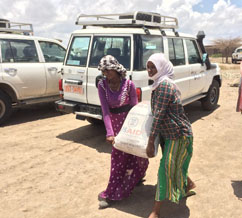
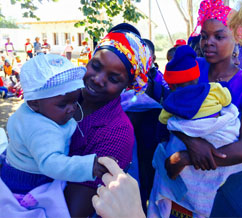
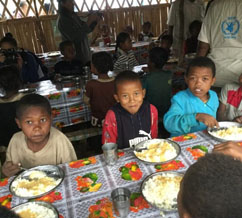
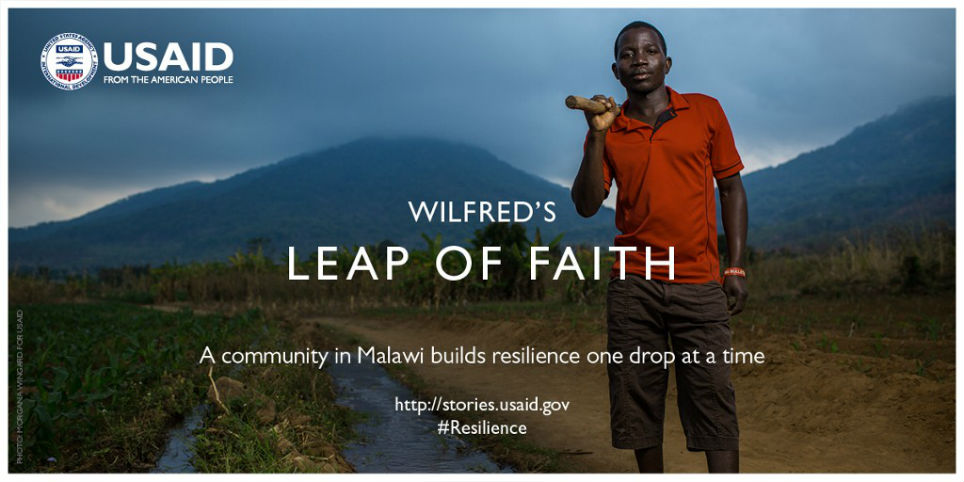
Comment
Make a general inquiry or suggest an improvement.